A new VW EV, a 780-hp Aston Martin, are new cars just for rich people?
Volkswagen (sort of) unveils its new ID.7 EV
Intake: Under more than 40 layers of “interactive” camouflage paint, we present the new 2024 Volkswagen ID.7, the German company’s flagship electric sedan. The model was unveiled Tuesday, at the Consumer Electronics Show in Las Vegas, which is quickly becoming one of the most important car shows in the country.
Details remain sketchy. VW says the car produces an impressive 700-kilometer range on the European rolling-road test. This works out to around 435 miles, but given the differences in testing, American drivers are more likely to see a 300-mile range. We also suspect the ID.7 will be roomy inside—it has a wheelbase of 116.9 inches, compared to the 110.4 inches of VW’s comfortable Passat sedan.
The ID.7 will be the second electric car from VW, joining the current, smaller ID.4.
“The ID.7 is one of 10 new electric models that we are planning to launch by 2026. Our goal? To deliver suitable products for our customers in every single segment,” said Thomas Schäfer, CEO of Volkswagen Passenger Cars.
Exhaust: We’ll see the ID.7, sans camouflage paint, in the second quarter of this year. —Steven Cole Smith
Aston Martin DBS will make a dramatic exit with 780-hp Ultimate edition
Intake: Aston Martin will soon “uncage” the most powerful DBS ever built. The DBS 770 Ultimate will be, the company says, “a final-edition flagship to surpass them all,” with a 780-hp (770 PS, the metric horsepower rating) version of its twin-turbo, 5.2-liter, V-12. The regular DBS is no slouch, of course, with 725 hp sent to the rear wheels via an eight-speed ZF transaxle. That model can reach 62 mph from rest in just 3.4 seconds and will carry on top a top speed of 211 mph.
Aston Martin describes the 770 Ultimate as “re-engineered” with a “sharper dynamic focus,” so we expect performance to improve. Just 499 of these last-0f-the-line models will be built. More details will be revealed soon.
Exhaust: Backed by a gravelly-voiced recital of Emily Brontë’s poem “Spellbound,” Aston’s teaser film for the 770 Ultimate shows next to nothing of the car. It does, however, hype expectations, suggesting the model will cast “a tyrant’s spell.” Will that be enough secure 499 orders, though? —Nik Berg
Hyundai, Kia looking for a 10-percent jump in 2023 sales
Intake: Hyundai and Kia are forecasting that the two brands’ combined global vehicle sales will jump nearly 10 percent in 2023, even as last year’s sales fell short of target due to supply chain disruptions, says Reuters, via Automotive News.
The two manufacturers are tied at the hip; Hyundai owns 33 percent of Kia. Combined, the brands sold 6.85 million vehicles in 2022, about four percent less than their target of 7.16 million vehicles. The 2023 target is 7.52 million. In a statement, the company said, “Hyundai plans to expand market share and operate profitability oriented businesses by flexibly responding to market changes, accelerating its transition to electrification, responding to global environmental regulations, and optimizing production, logistics and sales by region.”
Exhaust: Hyundai and Kia are two of the hottest car companies in the world right now, and we don’t see that changing in 2023. If anything torpedoes the plan, it will be continuing high interest rates and the supply chain, because the demand is there. —SCS
Report: New cars are for rich people
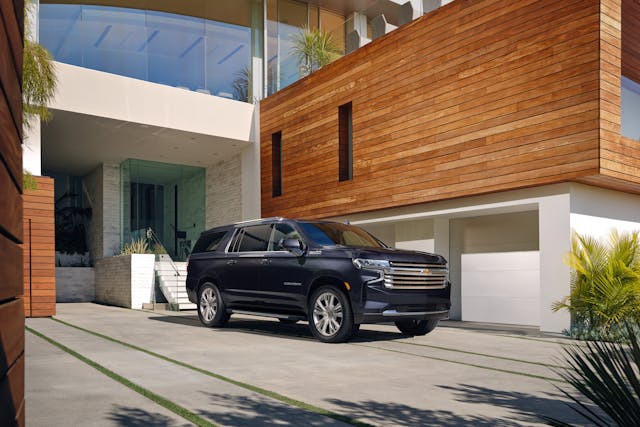
Intake: A story at The Hill suggests automakers are changing their business model to produce “fewer vehicles at higher prices, effectively embracing the supply-chain problems that triggered [global] inflation . . . at the beginning of the coronavirus pandemic.” The claimed result: “Consumers are being priced out of the market for new cars as automakers seek higher profit margins from constrained supplies. The average price of a new car hit a record in November of $48,681.”
The story quotes Michelle Krebs, an analyst with Cox Automotive, as saying, “Because there’s been this shift, the people who can buy [new] cars now are much more affluent than before. Less affluent people . . . have fallen into the used car market, or they’ve fallen out of the market altogether.”
Exhaust: The market still holds inexpensive new cars—the two cheapest examples in America, the Nissan Versa and Mitsubishi Mirage, start at just over $16,000. But buyers are looking for more, and if that means moving to the used market, they’ll do it. –SCS
Survey: More consumers want electric vehicles

Intake: More U.S. consumers want to buy an electric vehicle but are concerned about rising prices, a survey by consulting firm Deloitte showed on Wednesday, via Reuters. The survey also concluded that, while fewer people in America now aim to purchase a gasoline-powered vehicle, nearly 7o percent of prospective EV buyers here expect to pay less than $50,000 for their next vehicle. Lack of affordability was those buyers’ biggest concern with regard to rising EV adoption.
Although historically high transaction prices are a significant challenge for consumers, a strong desire to reduce refueling costs is driving EV purchase intent around the world,” Deloitte LLP vice chair and U.S. automotive leader Karen Bowman said.
Exhaust: As we’ve noted, both the electric and the internal-combustion market are largely driven by price. Consumers are frightened by high prices for new cars, yet those prices continue to climb, as do manufacturers’ sales estimates. We’re still betting the reason is pent-up demand, not a solid long-term strategy. —SCS

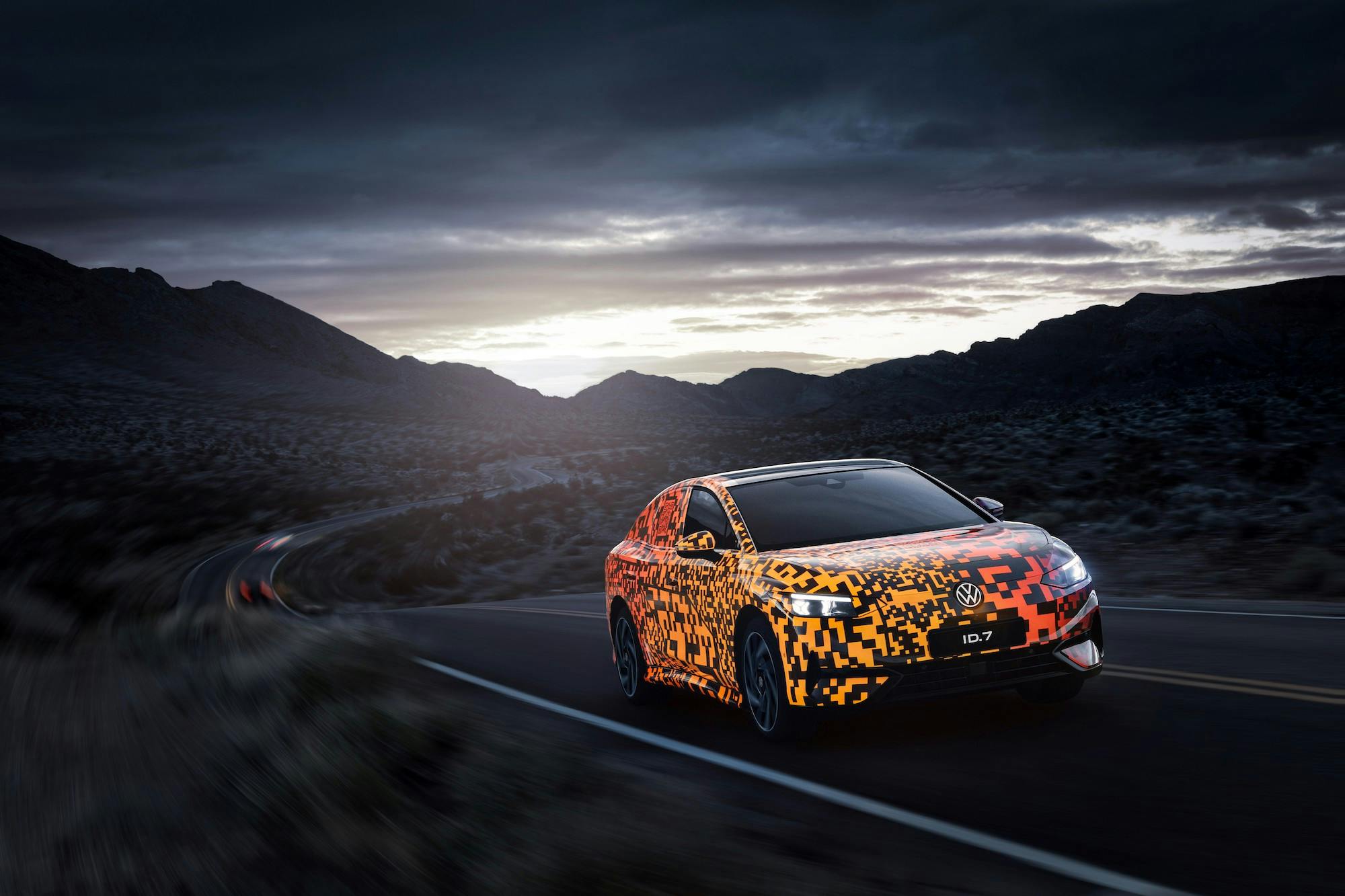
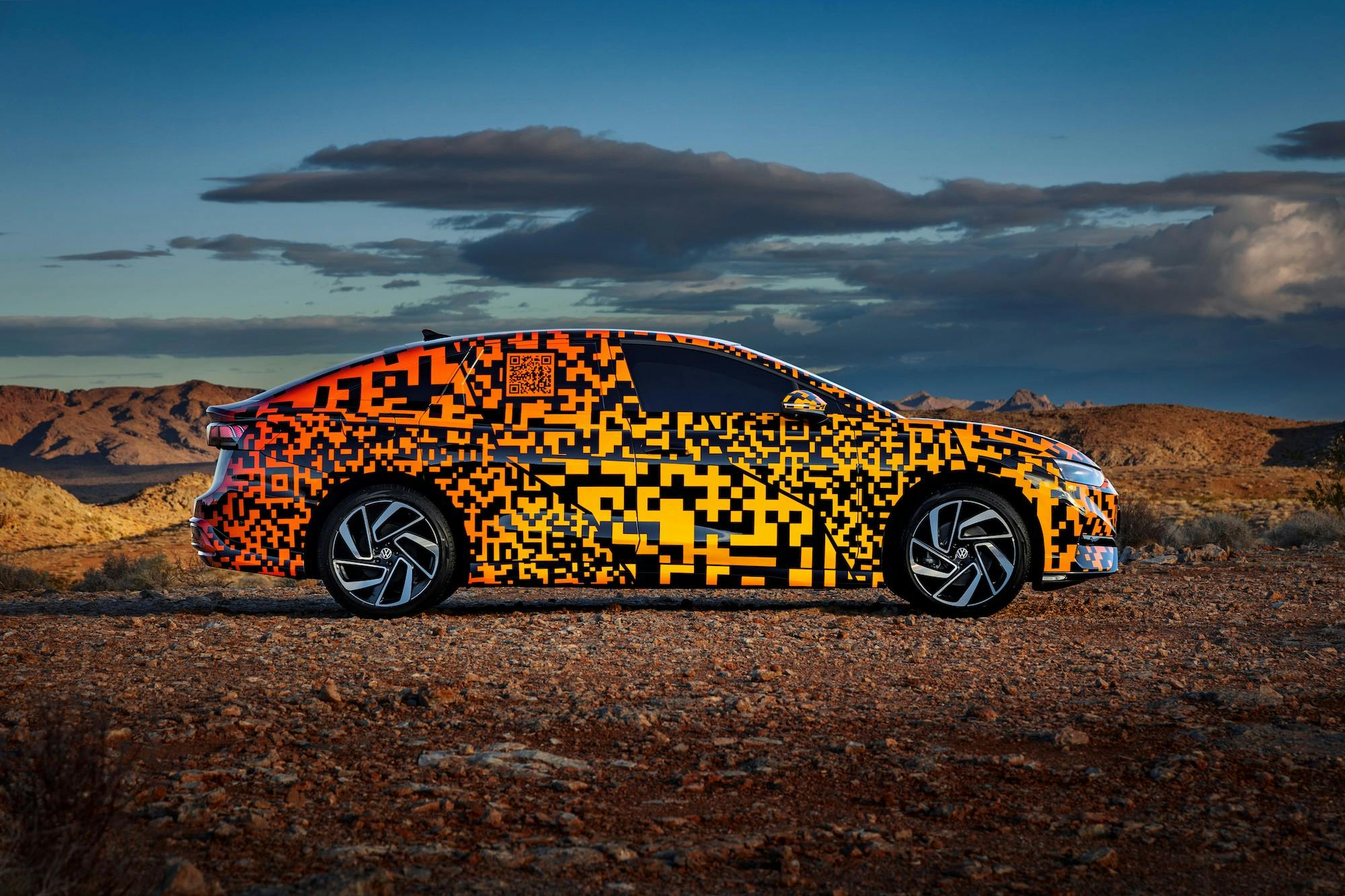
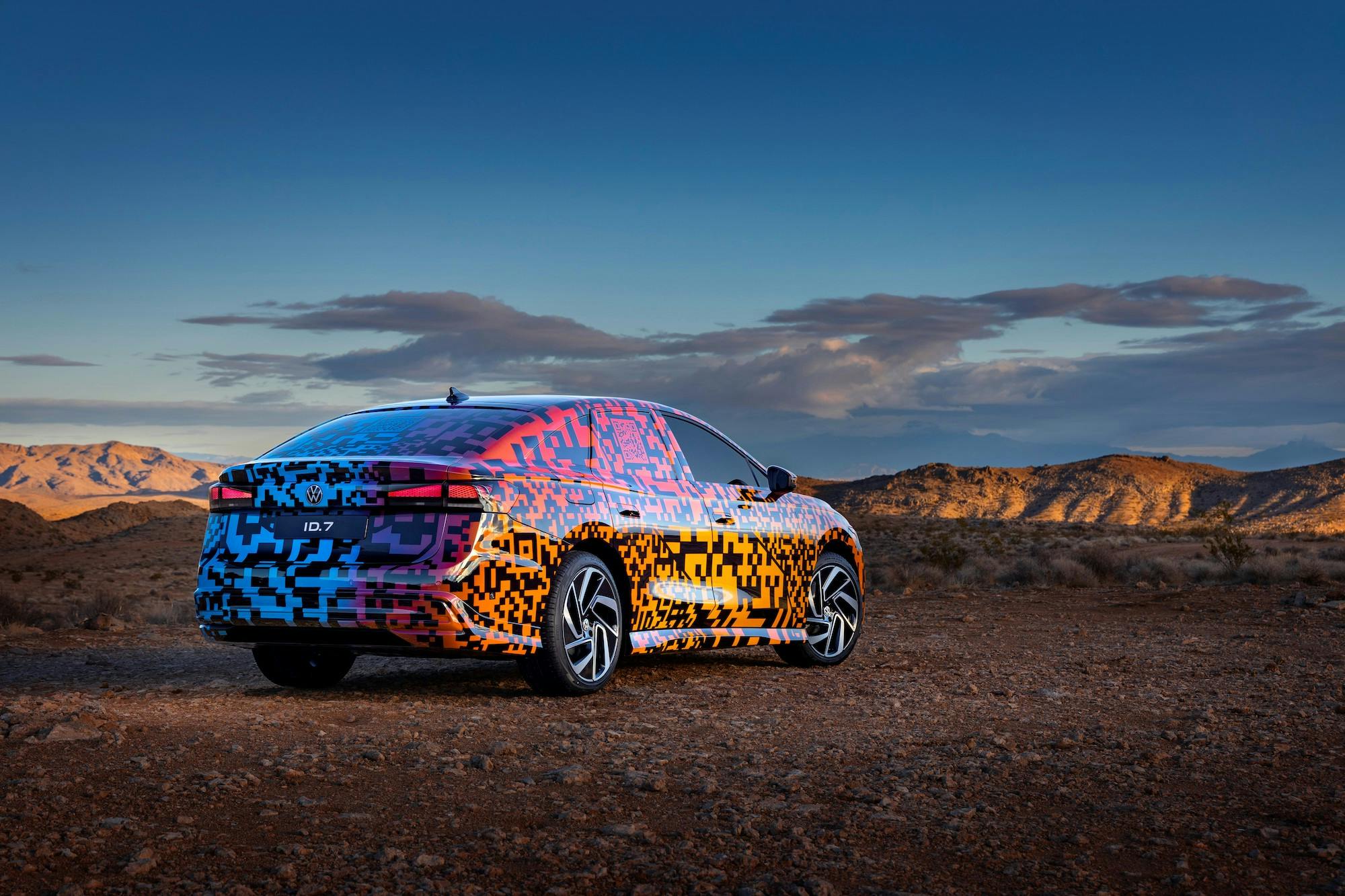
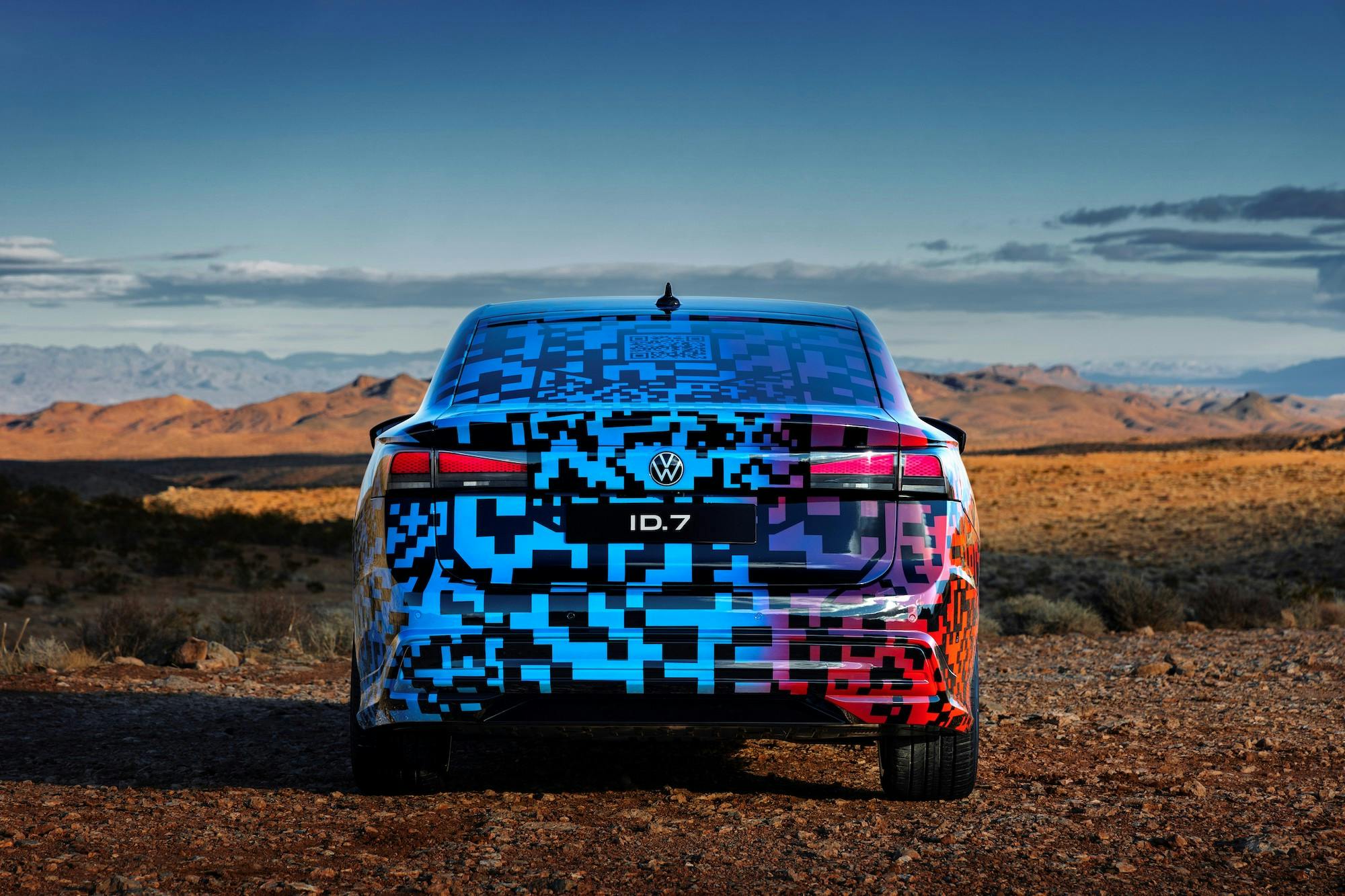
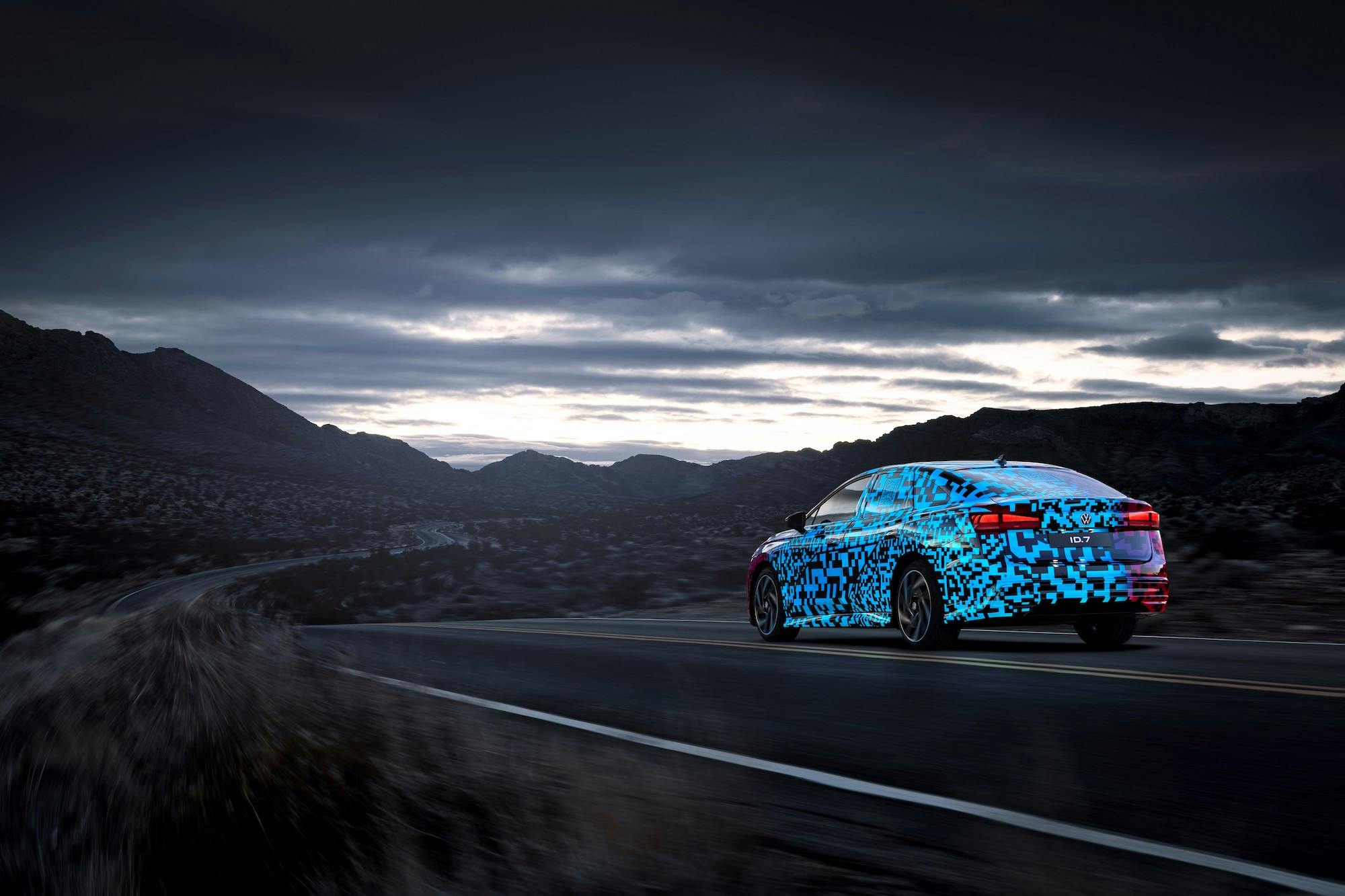
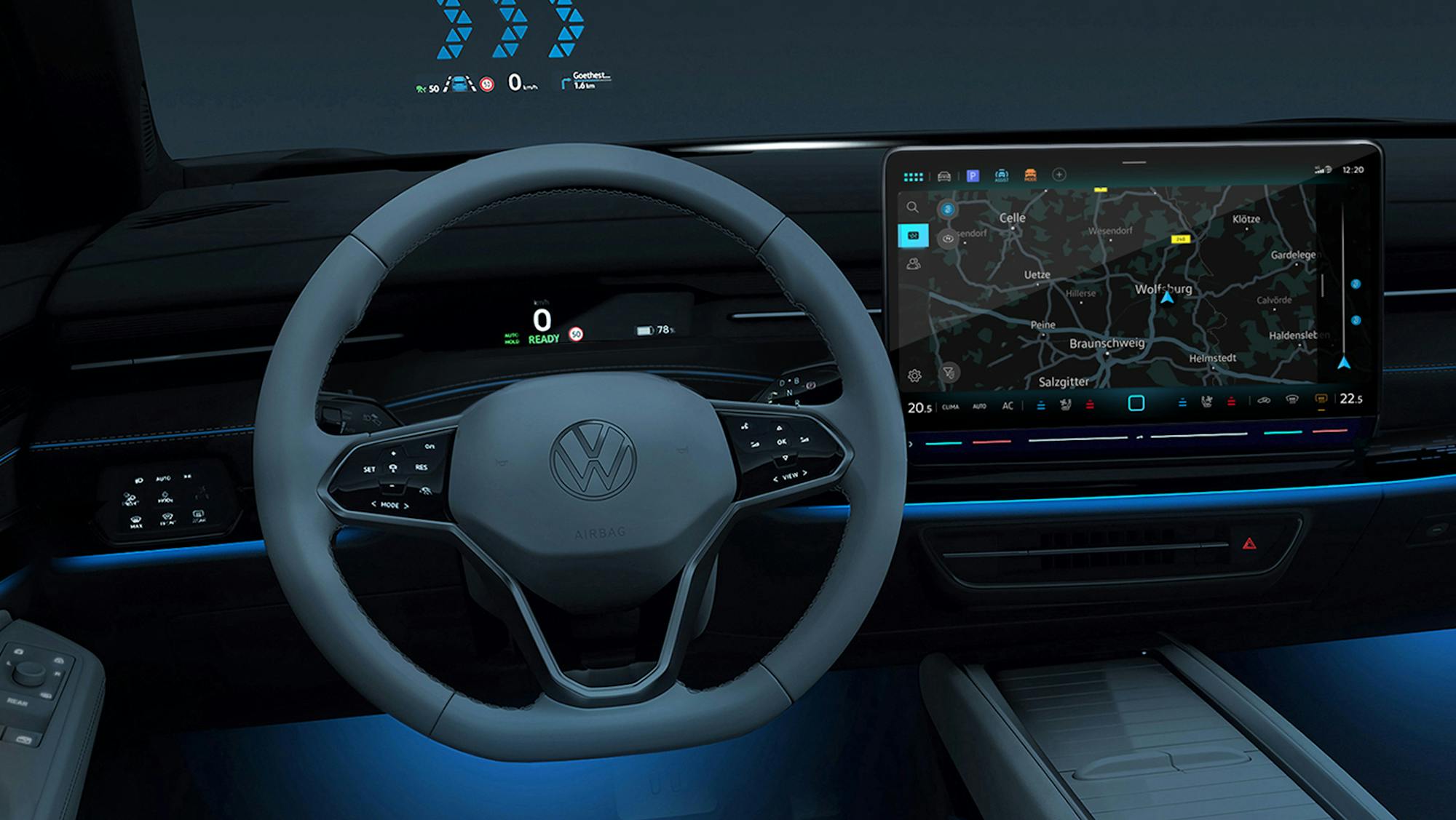
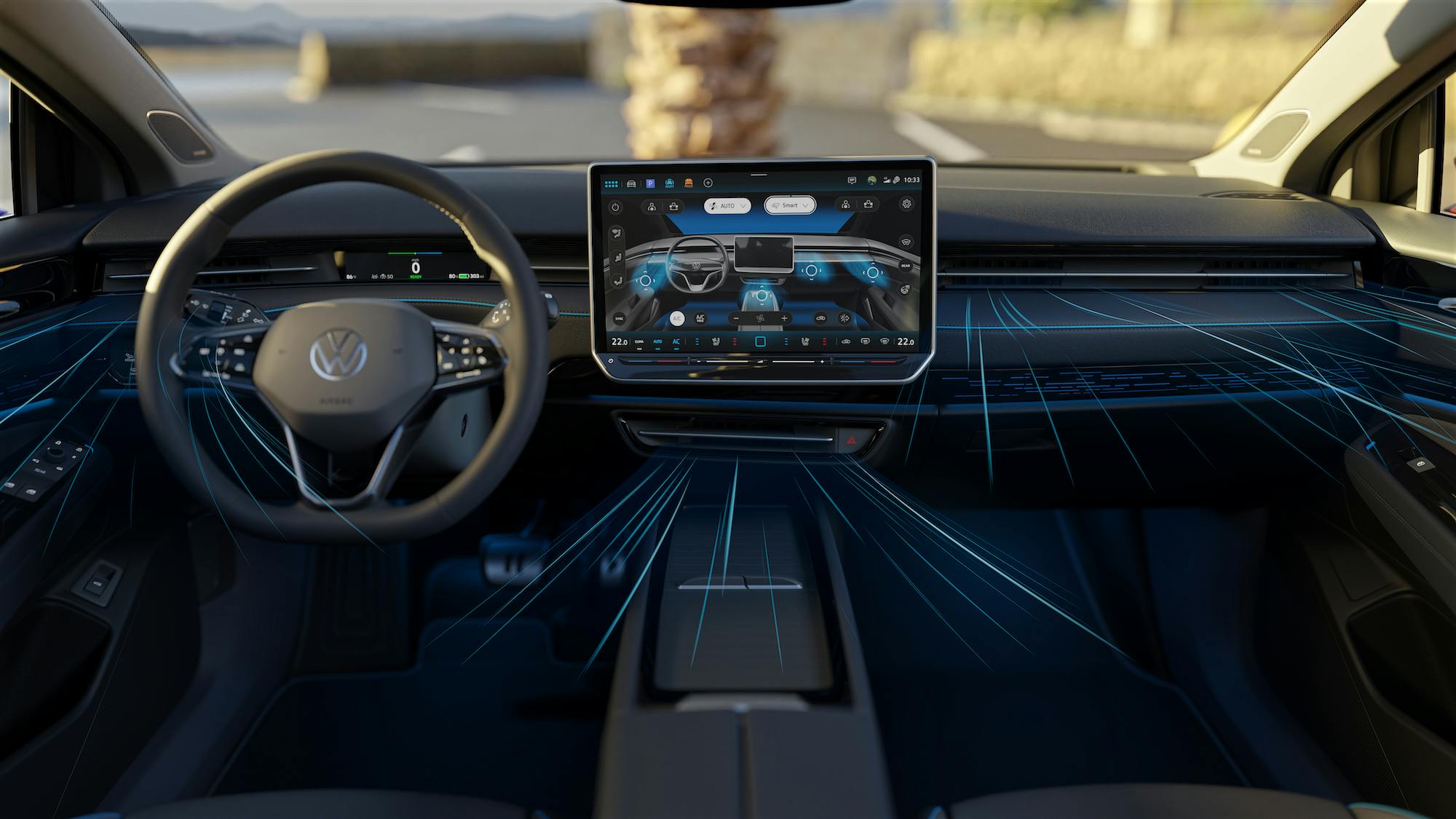
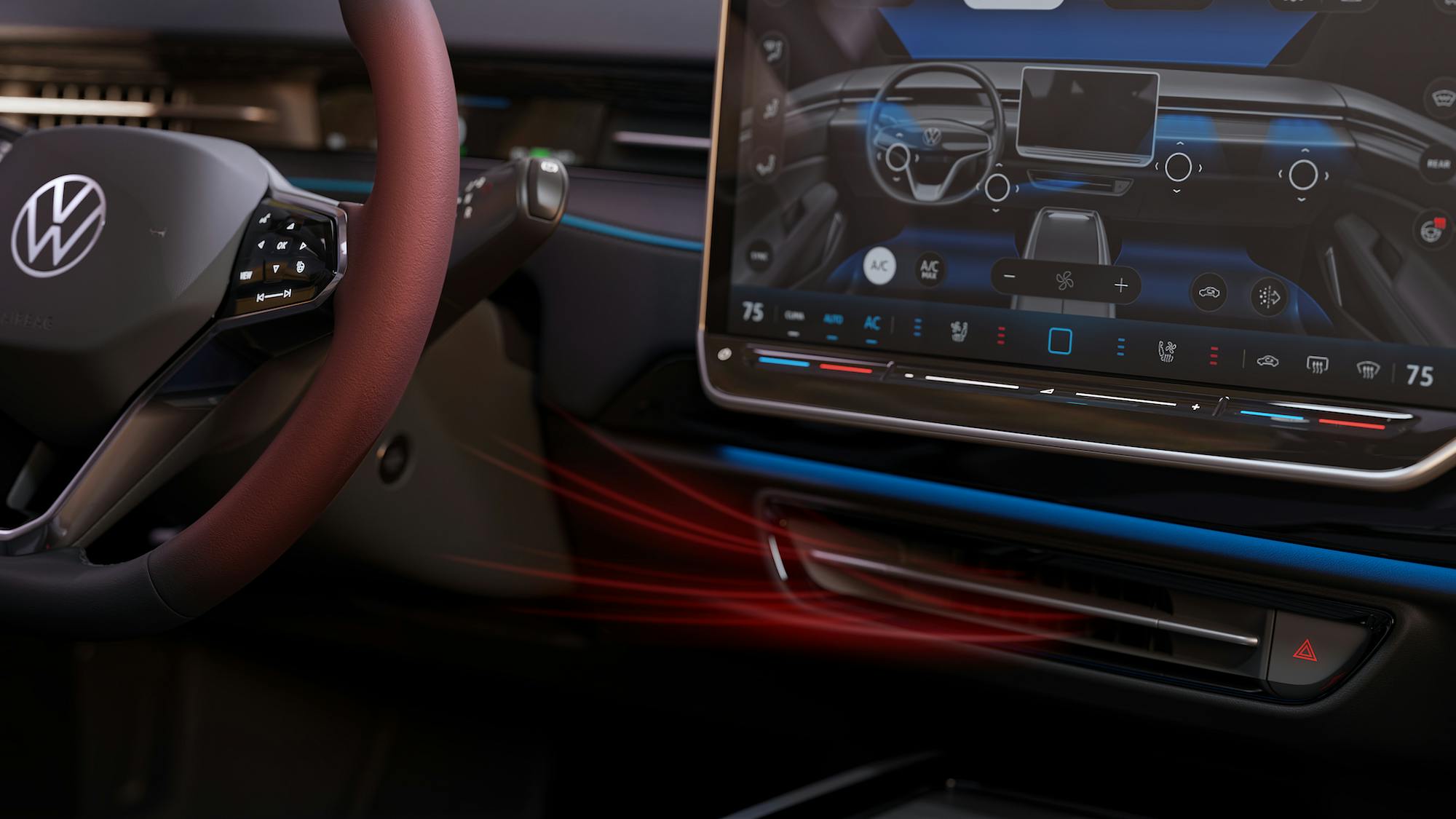
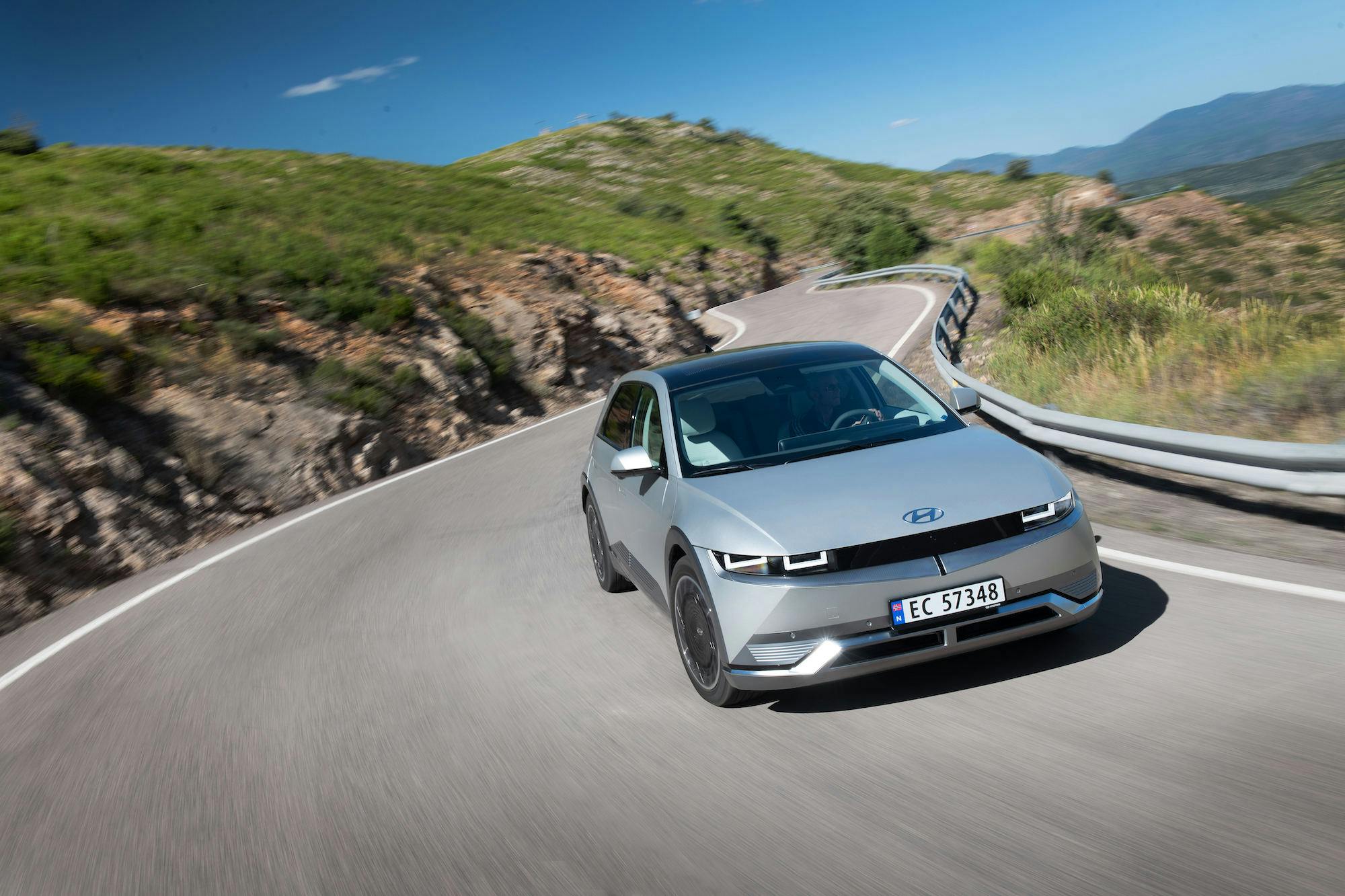
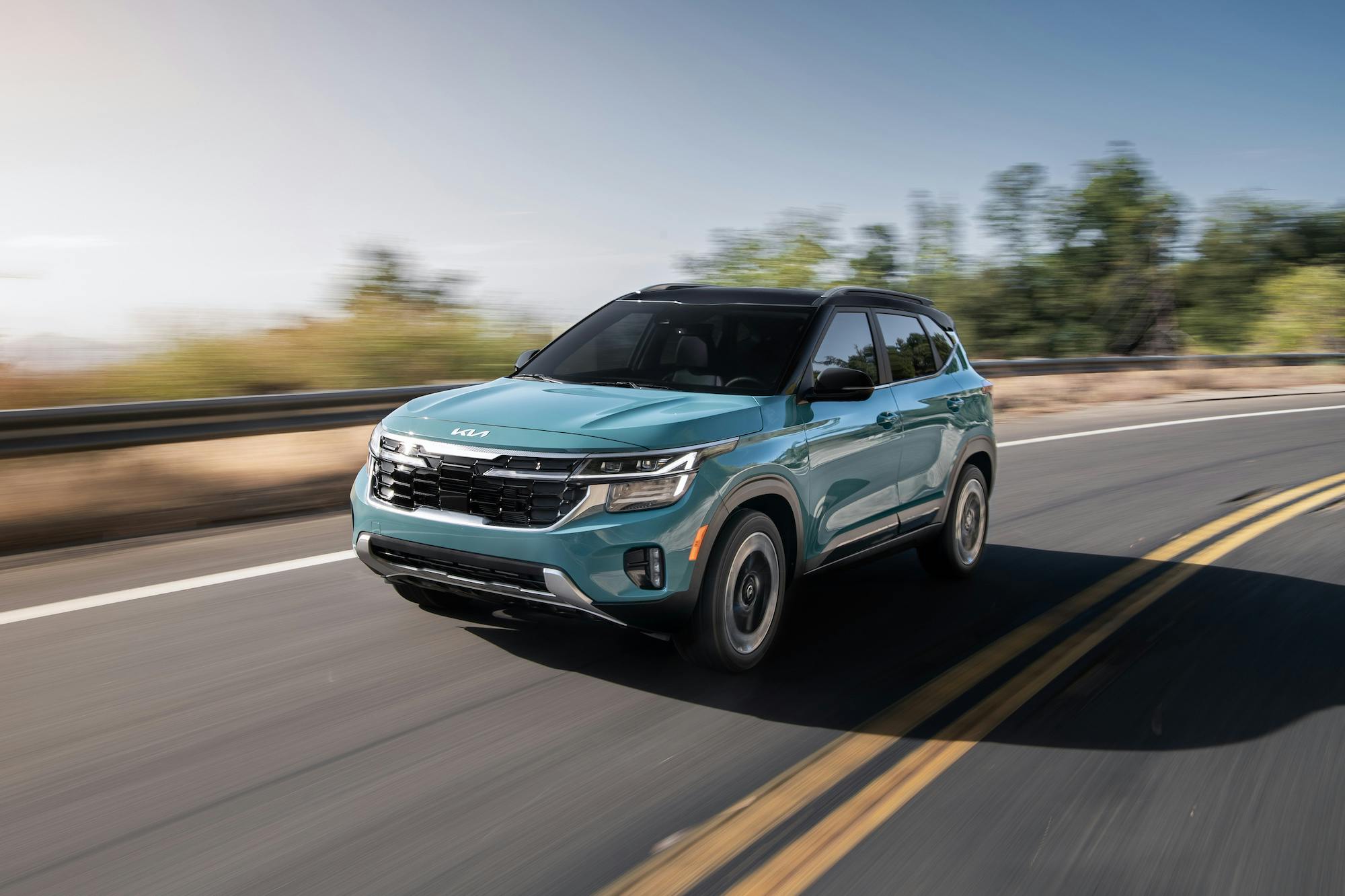


There’s more layers to this than just “sell more of the expensive vehicle” and “EV cost more”. Consumers have benefitted (on price) from the dealer lot full of heavily discounted vehicles models for decades (at the cost of choice –color for example if you don’t want black/white/grey/silver).
Selling less cars at greater profit was forced upon the companies with the shortages. Toyota had already been talking about “made to order” assembly line before the pandemic. The EV legislative push is a factor. Dealerships getting full ask + on vehicles, not having to finance large inventory… the gravy money is from the service work… EV bring a promise of more service work until the tech is widely understood…
Inflation was already a factor before we got bad inflation again. You take the 1980 F150 sticker prices we are way above the cost of inflation increases even accounting for legislated added costs (i.e., airbags).
Most new vehicles are too expensive for a middle income family. 3-6 year old used vehicles where I live you are lucky if you get a 5% interest rate, and most deals once you start talking to the sellers it is in the 9-10% range. This is really expensive to carry for 72 or 84 months. We already see the age of the American car fleet creeping up past 11 years iirc (before pandemic) meanwhile Volvo’s own study says EV is good for 10 years.
I expect there will be a market of shifting 7-20 year old used cars from places like California to the rust belt. If Canada smartens up on the import restrictions that market would eat them up too.
Capitalism will prevail in the sense that someone will realize selling volume of the next cheap people’s car is viable. But lawmakers may have to make some concessions (if they have to be EV the math isn’t close for years with existing tech).
I would love to know this about aston – if you took away sales of its limited edition vehicles, would they even be in business? They would clearly be dead if not for MB propping them up with cash (and engines), but how long will that last? I am betting that MB cuts ties with them by 2025
I’ve waited over a year for a vehicle. it hopefully is coming within the month. Interest rates, oh boy. It’s going to be fun.
There’s a GM dealer around the corner from us. I go there with my toddler grandson so he can get the idea of cars in general and where they are bought, worked on, etc. I’ve known the owner for 30 years as I used to pinstripe their vehicles. I asked him about the EV demand and he just gives me this amusing questionable stare…What demand? Sure, we have people inquire but they end up buying new and used ICE trucks, CUVs and SUVs. Went by there yesterday and the whole frontline of Subs and trucks were gone, sold, all ICE.
the paint job on the iD7 should be available to the public. like hotel lobby carpeting, small dents, scratches and dirt would become less visible. the result = less or no repairs since very few will notice the imperfections.
50 K ? The last car I bought for a daily driver was a low mileage 2010 Malibu last June for 5k.
“The survey also concluded that, while fewer people in America now aim to purchase a gasoline-powered vehicle…” “Fewer” as in the percentage of people who expect to buy an ICE has hallen from 90% to 20% or from 90% to 70%? (I’m just making up those numbers.) But since “New cars are for rich people” they may not be bying anything. And thanks to EV mandates, there will be no choice anyway.
I would not bet on lawmayer making concessions (i.e. admiting they blew it). Also, regardless of changes to the EV mandate in the US, globally the world is not backing off and automakers have made along range commitment to EVs and cannot flip on a dime.
“The ID.7 will be the second electric car from VW, joining the current, smaller ID.4.” – Where does the ID.Buzz come in? Wouldn’t this 7 be the 3rd electric car from them? Or has the bus been delayed..